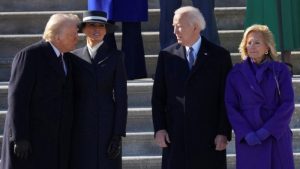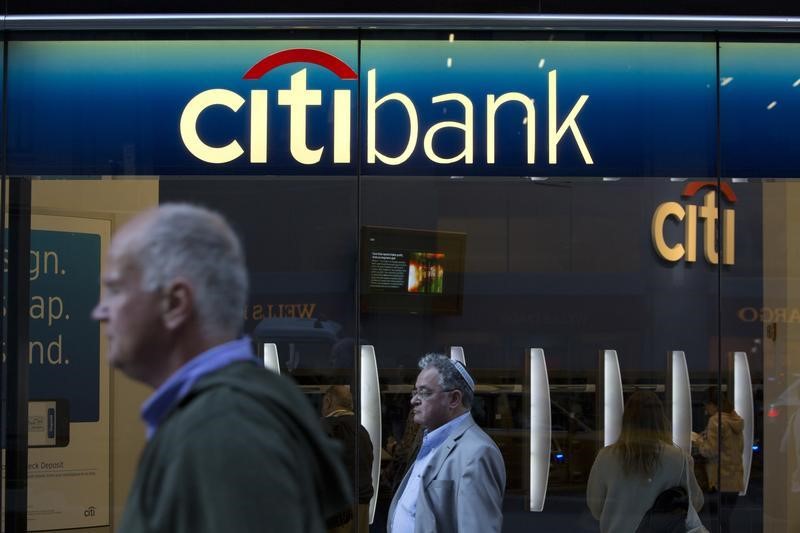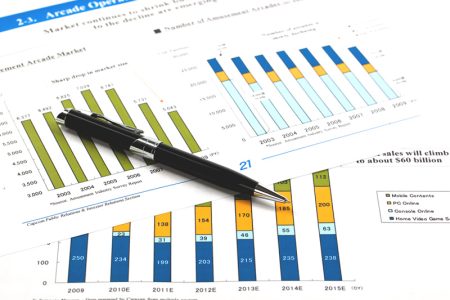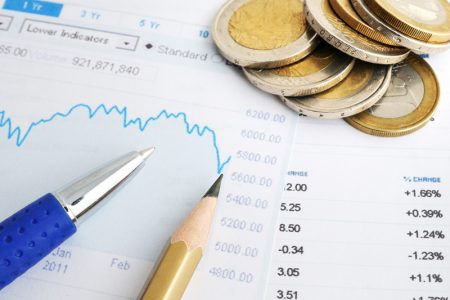By Lucia Mutikani
WASHINGTON (Reuters) – The U.S. economy added fewer jobs than expected in July, but solid wage gains and a decline in the unemployment rate back to 3.5% pointed to continued tightness in labor market conditions.
The Labor Department’s employment report on Friday also showed job growth in May and June was revised lower, potentially suggesting demand for labor was slowing in the wake of the Federal Reserve’s hefty interest rate hikes. But with 1.6 job openings for every unemployed person in June, the moderation in hiring may be the result of companies failing to find workers.
The mixed report did not change growing perceptions among economists that the Fed could engineer a “soft landing” for the economy, though much would depend on the direction of inflation after annual increases in prices slowed sharply in June.
“This report contains many signs that we’re on the path to a ‘soft landing.’ However, that path can also lead us to a sustained downturn if we miss the exit to a sustainable and strong labor market,” said Nick Bunker, head of economic research at the Indeed Hiring Lab. “We haven’t approached that fork in the road yet, but there is still a strong possibility that the labor market can rebalance without a recession.”
Nonfarm payrolls increased by 187,000 jobs last month, the Labor Department’s survey of households showed. Data for June was revised lower to show 185,000 jobs added instead of the previously reported 209,000. The job growth in June was the weakest since December 2020.
The economy created 49,000 fewer jobs in May and June than previously reported. Economists polled by Reuters had forecast a gain of 200,000 jobs.
The economy needs to create roughly 100,000 jobs per month to keep up with growth in the working-age population.
Employment gains last month were led by the healthcare sector, where payrolls increased by 63,000. Financial activities payrolls rose by 19,000. Construction boosted headcount by 19,000, driven by hiring of residential specialty trade contractors and nonresidential building construction.
The leisure and hospitality sector added 17,000 jobs. Hiring in this sector has decelerated from an average of 67,000 jobs per month in the first quarter, likely as the higher cost of living forces Americans to cut back on discretionary spending. Employment in leisure and hospitality remains below its pre-pandemic levels by 352,000 jobs.
Professional and business services employment decreased by 8,000, with temporary help services, a harbinger for future hiring dropping by 22,000 jobs. Temporary help employment is down by 205,000 jobs per month since its peak in March 2022.
U.S. stocks opened higher. The dollar fell against a basket of currencies. U.S. Treasury prices rose.
UNEMPLOYMENT RATE FALLS
Details of the household survey from which the unemployment rate is derived were upbeat. Household employment increased by 268,000 jobs, more than offsetting a rise of 152,000 in the labor force. As a result, the unemployment rate fell to 3.5% from 3.6% in June, dropping back to levels last seen more than 50 years ago.
That is well below the Fed’s latest median estimate of 4.1% by the fourth quarter of this year.
The labor force participation rate, or the proportion of working-age Americans who have a job or are looking for one, was unchanged at 62.6% for the fifth straight month.
But the employment-to-population ratio, viewed as a measure of an economy’s ability to create employment, rose to 60.4% from 60.3% in June.
With the labor market still tight, wages continued to rise at a solid clip. Average hourly earnings gained 0.4% after climbing by the same margin in June.
That kept the year-on-year increase in wages at 4.4%. Annual wage growth remains too high to be consistent with the Fed’s 2% inflation target. Data last month showed the increase in annual inflation slowed sharply in June. Wages and labor costs increased moderately in the second quarter.
The raft of inflation-friendly data has led many economists to believe that the Fed’s fastest rate hiking cycle in more than 40 years is probably over. The U.S. central bank has raised its policy rate by 525 basis points since March 2022.
“The Fed will take comfort from moderating job growth, but will continue to fret about the tight labor market,” said Sal Guatieri, a senior economist at BMO Capital Markets in Toronto.
Read the full article here














